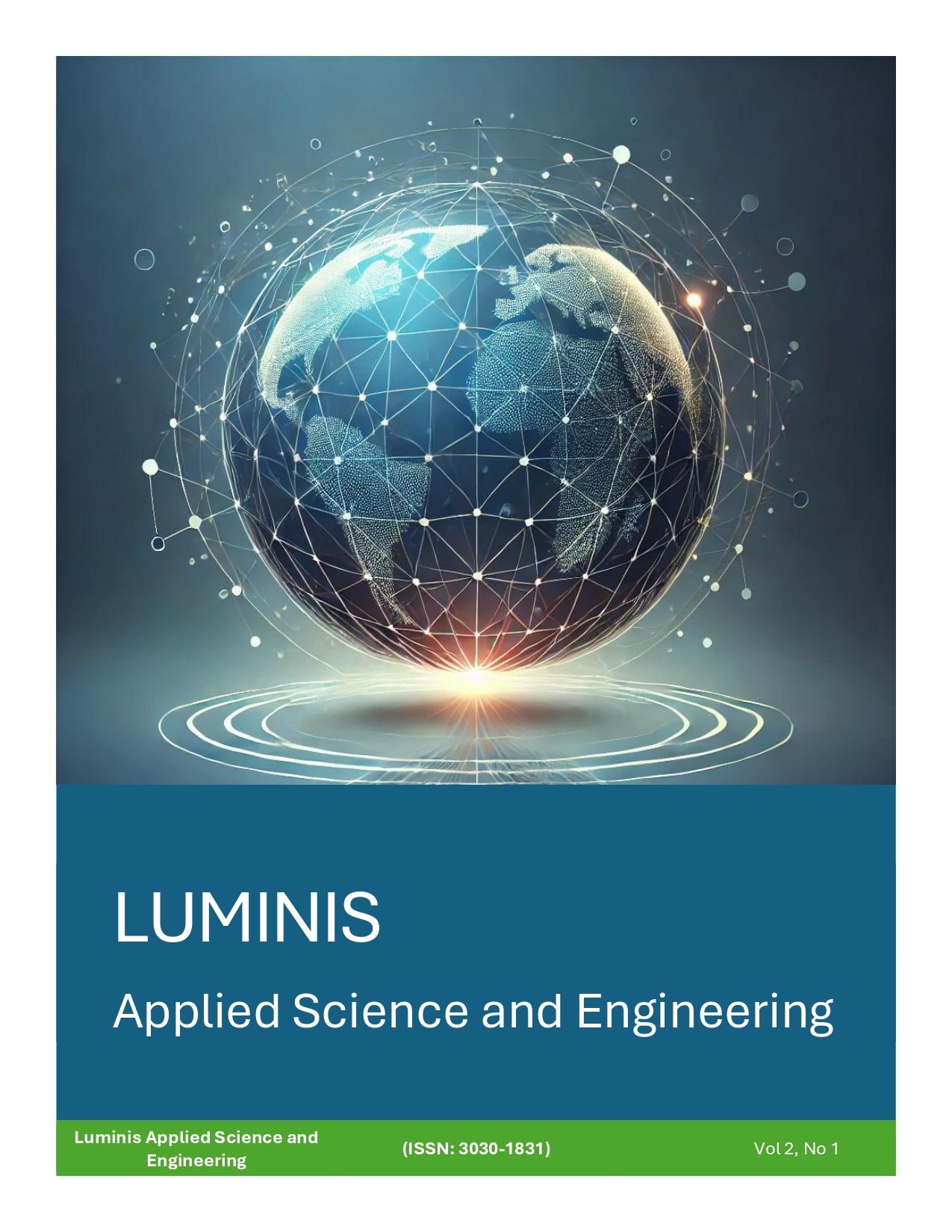Cybersecurity and Online Education – Risks and Solutions
DOI:
https://doi.org/10.69760/lumin.20250001001Keywords:
Cybersecurity, online education, digital privacy, data protection, cyber threats, e-learning security, artificial intelligence in cybersecurity, blockchain in educationAbstract
The swift proliferation of online education has transformed learning, providing accessibility, flexibility, and creativity. This transition has also engendered considerable cybersecurity threats, encompassing data breaches, identity theft, phishing schemes, and privacy issues. As educational institutions increasingly depend on digital platforms and cloud-based systems, they become attractive targets for cyber threats. This study examines the principal cybersecurity threats in e-learning settings, including illegal data access, malware infection, and ethical issues related to student surveillance. It also evaluates strategies for enhancing online education security, such as multi-factor authentication (MFA), artificial intelligence-based threat detection, blockchain for credential verification, and extensive regulatory frameworks. The discussion encompasses the significance of global cybersecurity frameworks, ethical data management, and digital literacy in safeguarding online learning. The study indicates that a comprehensive strategy integrating technology innovations, institutional regulations, and cybersecurity education is vital for establishing a secure, resilient, and privacy-aware online education environment.
References
Alam, A. (2022). Platform utilising blockchain technology for eLearning and online education for open sharing of academic proficiency and progress records. In Smart data intelligence: Proceedings of ICSMDI 2022 (pp. 307-320). Singapore: Springer Nature Singapore.
Alisoy, H., Hajiyeva, B., & Sadiqzade, Z. (2024). CONNECT WITH ENGLISH A2-B1 SPEAKING HANDBOOK. Journal of Azerbaijan Language and Education Studies, 1(2), 1-115.
Alwi, N. H. M., & Fan, I. S. (2010). E-learning and information security management. International Journal of Digital Society (IJDS), 1(2), 148-156.
Asadova, B. (2024). The Role of Collocations in English Language Teaching. Acta Globalis Humanitatis Et Linguarum, 1(2), 9-19. https://doi.org/10.69760/aghel.01024061
Bandara, I., Ioras, F., & Maher, K. (2014). Cyber security concerns in e-learning education. In ICERI2014 Proceedings (pp. 728-734). IATED.
Cabaj, K., Domingos, D., Kotulski, Z., & Respício, A. (2018). Cybersecurity education: Evolution of the discipline and analysis of master programs. Computers & Security, 75, 24-35.
Catota, F. E., Morgan, M. G., & Sicker, D. C. (2019). Cybersecurity education in a developing nation: The Ecuadorian environment. Journal of Cybersecurity, 5(1), tyz001.
Decuypere, M., Grimaldi, E., & Landri, P. (2021). Introduction: Critical studies of digital education platforms. Critical Studies in Education, 62(1), 1-16.
Drachsler, H., & Greller, W. (2016, April). Privacy and analytics: it's a DELICATE issue a checklist for trusted learning analytics. In Proceedings of the sixth international conference on learning analytics & knowledge (pp. 89-98).
Mirzayev, E. (2024). Bridging Pronunciation Gaps: The Impact of Eclectic Teaching Methods in Tertiary English Education. Acta Globalis Humanitatis Et Linguarum, 1(1), 97-107.
Ifenthaler, D., & Schumacher, C. (2016). Student perceptions of privacy principles for learning analytics. Educational Technology Research and Development, 64, 923-938.
Jin, G., Tu, M., Kim, T. H., Heffron, J., & White, J. (2018). Evaluation of game-based learning in cybersecurity education for high school students. Journal of Education and Learning (EduLearn), 12(1), 150-158.
Jones, K. M. (2019). Learning analytics and higher education: a proposed model for establishing informed consent mechanisms to promote student privacy and autonomy. International Journal of Educational Technology in Higher Education, 16(1), 1-22.
Komljenovic, J. (2021). The rise of education rentiers: digital platforms, digital data and rents. Learning, Media and Technology, 46(3), 320-332.
Mammadova, I. (2025). Cognitive and Pedagogical Dimensions of Translation: A Theoretical and Practical Exploration. Acta Globalis Humanitatis Et Linguarum, 2(1), 213-220. https://doi.org/10.69760/aghel.02500127
Naghiyeva, G. (2025). Revamping Traditional Methods: Evaluating the Grammar-Translation Method in Modern Language Teaching. Acta Globalis Humanitatis et Linguarum, 2(1), 88-97.
Pardo, A., & Siemens, G. (2014). Ethical and privacy principles for learning analytics. British journal of educational technology, 45(3), 438-450.
Rahman, N. A. A., Sairi, I. H., Zizi, N. A. M., & Khalid, F. (2020). The importance of cybersecurity education in school. International Journal of Information and Education Technology, 10(5), 378-382.
Rzayeva, E. (2025). Drama in Foreign Language Education: Bridging Communication and Creativity. EuroGlobal Journal of Linguistics and Language Education, 2(1), 33-39. https://doi.org/10.69760/egjlle.250004
Weippl, E. R. (2005). Security in e-learning (Vol. 16). Springer Science & Business Media.
Downloads
Published
Issue
Section
License
Copyright (c) 2025 Luminis Applied Science and Engineering

This work is licensed under a Creative Commons Attribution 4.0 International License.




